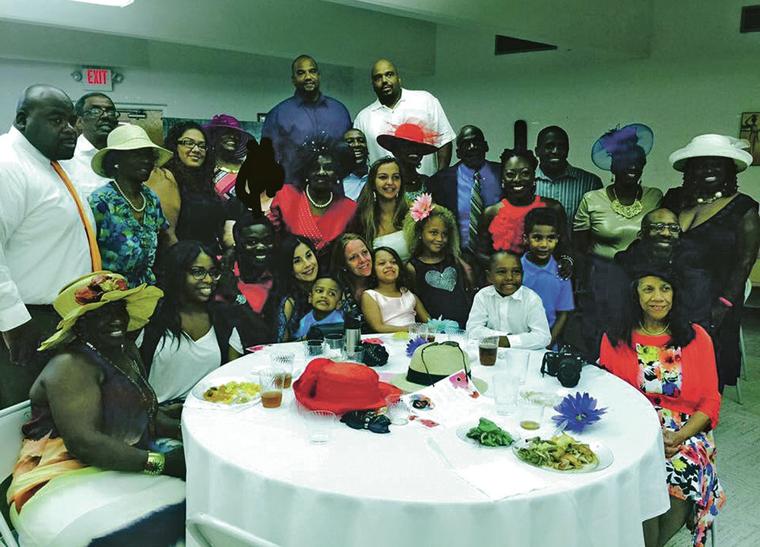Renowned Legal Historian Discusses Race in America
Gould School of Law News
University of Southern California
2015-10-29
Gilien Silsby, Director of Media Relations
13th Amendment Ratified 150 Years Ago
A monumental moment in the history of the United States will be celebrated in December when the 13th Amendment, which abolished slavery at the close of the Civil War, turns 150 years old. But despite the passage of time, the U.S. continues to struggle with racial inequality. USC Gould School of Law professor Ariela J. Gross has spent years unearthing the legal history of race, which she details in her book, What Blood Won’t Tell: A History of Race on Trial in America (Harvard University Press, 2008).
In her book, Gross recounts stories of racial identity trials in American courts, from the early republic well into the 20th century. The racial identity trials – court cases that determined a person’s “race” as well as their rights and privileges – help explain the history of race and racism in America.
“The 13th Amendment, abolishing slavery and involuntary servitude, followed by two amendments guaranteeing equal protection of the laws and the right to vote to all American citizens, were far-reaching and revolutionary changes to the Constitution,” said Gross. “Yet in some ways the Reconstruction of the United States is still, as Eric Foner called it, an ‘unfinished revolution.’ We have yet to fulfill the promise of the Reconstruction Amendments that we will eliminate the badges of slavery and treat all citizens fairly and equally before the law.”
It’s been 150 years since the 13th Amendment was ratified. Has society moved beyond the concept of race and racist ideology?
AG: Today, race and racism are still with us. If it were true that racism in the past was based only on a now-discredited biological understanding of race – on blood – it would have been relatively easy to eradicate racism with colorblind policies. But despite the hard-won victories of 20th century civil rights struggles – and even the milestone of an African American presidential candidate – racism has survived, in part because its bases are shifting and mobile. For so long as many still believe that differing life chances do and should correlate with one’s performance of identity, one’s ability to achieve citizenship through “blood,” or one’s cultural practices, racism will persist.
What is race, anyway?
AG: We tend to believe race is a fact of nature, a property of blood, that we know it when we see it. But race is a powerful ideology that came into being and changed forms at particular historical moments as the product of social, economic and psychological conditions. Fundamental to race is a hierarchy of power, and this story is about determining racial identity for particular purposes: enslaving some people to free others; taking land from some to give to others; robbing people of their dignity to give others a sense of supremacy…
Read the entire interview here.


